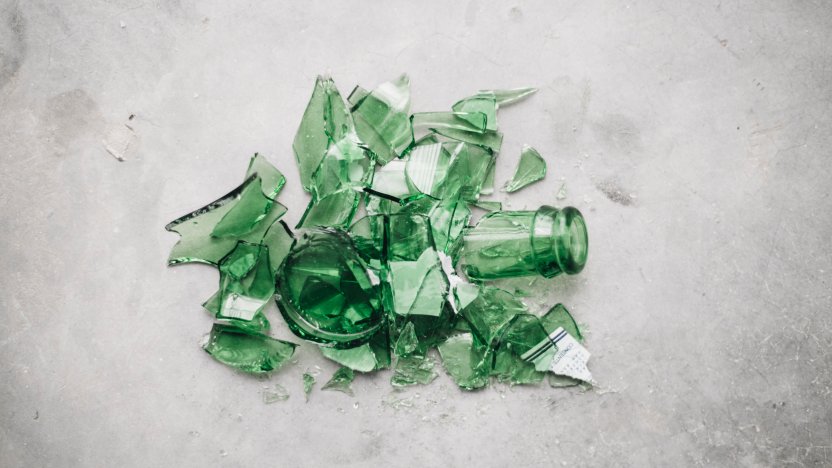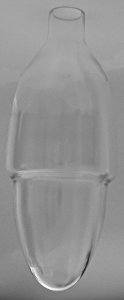General Court doesn’t bottle it in 3D trademarks ruling

A recent General Court decision has confirmed that a 3D trademark can consist of the shape of goods or their packaging. Claire Jones outlines the ruling.
Wajos GmbH filed an EU application back in December 2015 for the 3D bottle shape (pictured right) that it used for edible oils and beverages in classes 29, 30, 32 and 33 (full details here). 
The Examination Division refused the mark (later supported by the Board of Appeal), on the basis that the applied-for mark was not capable of indicating commercial origin and was non-distinctive. (So far, not surprising for those that have ever attempted to secure registration for bottle shapes).
On appeal, however, the General Court overturned the EUIPO’s previous decisions, ruling that the shape is registerable as a 3D trademark, and that consumers are fully capable of perceiving the shape of packaging as an indication of origin, provided that the shape in question has sufficient characteristics to attract their attention. Since the assessment of the distinctive character of 3D trademarks must not be stricter than for other forms of trademarks, it is sufficient that the form for which registration is sought to have a minimum degree of distinctiveness and for the grounds of refusal to not apply.
- Technical and functional
The Board of Appeal had argued that the shape was a usual form of packaging for the goods in question, and did not differ significantly from an ordinary bottle shape. The only difference was the central bulb (‘bead’) that was more pronounced. However, as this bead was technical and functional, the mark was not registerable as it was a characteristic of the goods. The General Court disagreed, finding that competitors in the food sector are confronted with technical constraints in terms of the packaging and labelling of their goods. Accordingly, there is an incentive for businesses to distinguish their products from competitors to attract consumers. - Minimum degree of distinctiveness
The court affirmed that it was the bead that allowed the mark to have the minimum degree of distinctiveness. Whilst the feature had technical and functional characteristics, it also conferred an aesthetic value.
Protecting shapes as 3D trademarks
Although Wajos was successful in its appeal, the decision does not make the path clearer for those seeking to protect their bottle shapes. While the court did agree that consumers could see packaging as an indication of the product’s origin, there is still a requirement for the shape to have sufficient characteristics to attract that consumer’s attention. The more customary the shape, the less distinctive character, which with it will be imbued. In addition, in this case, the bead and the unusual shape did depart quite significantly from other more traditional bottle shapes applied for. All that being said, the ruling is still good news for any organisation seeking to protect its shapes as 3D trademarks, and could have a positive impact on EUIPO’s future decisions.
Claire Jones is a Trademark Attorney at Novagraaf in the UK.